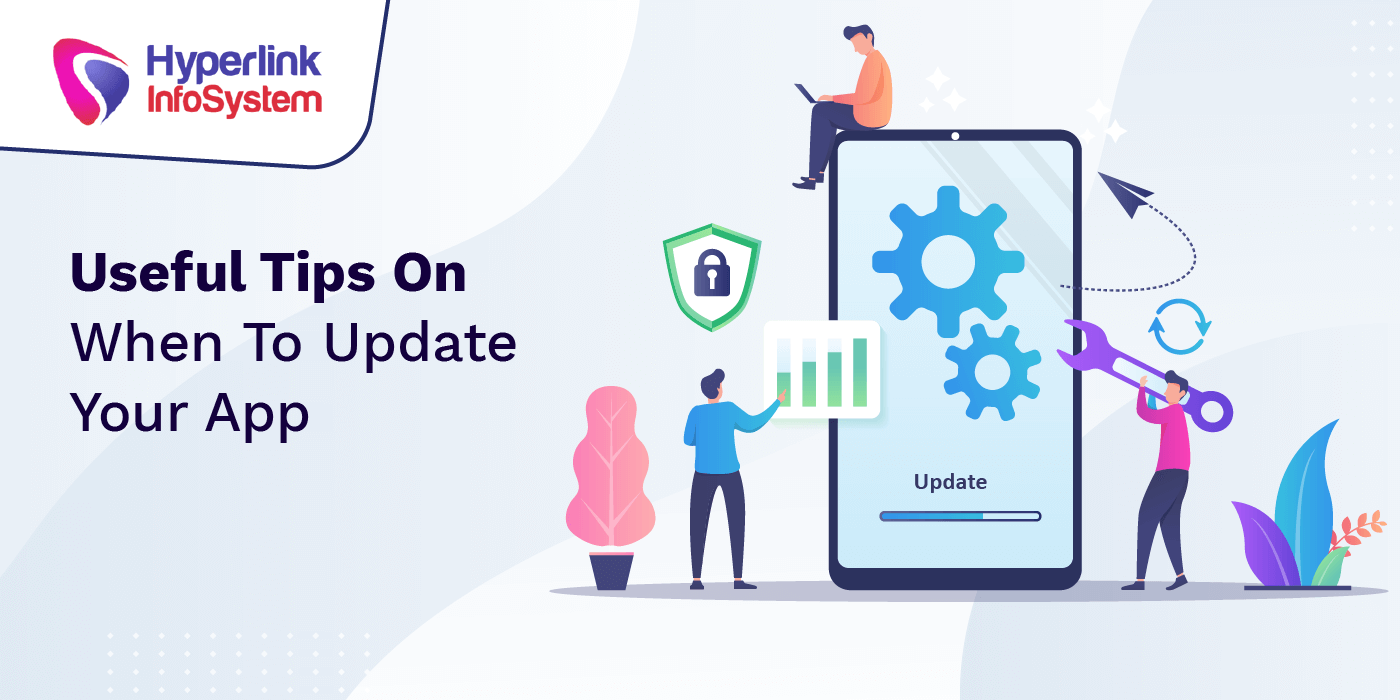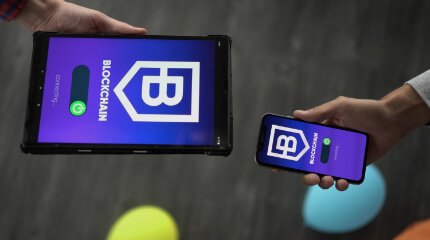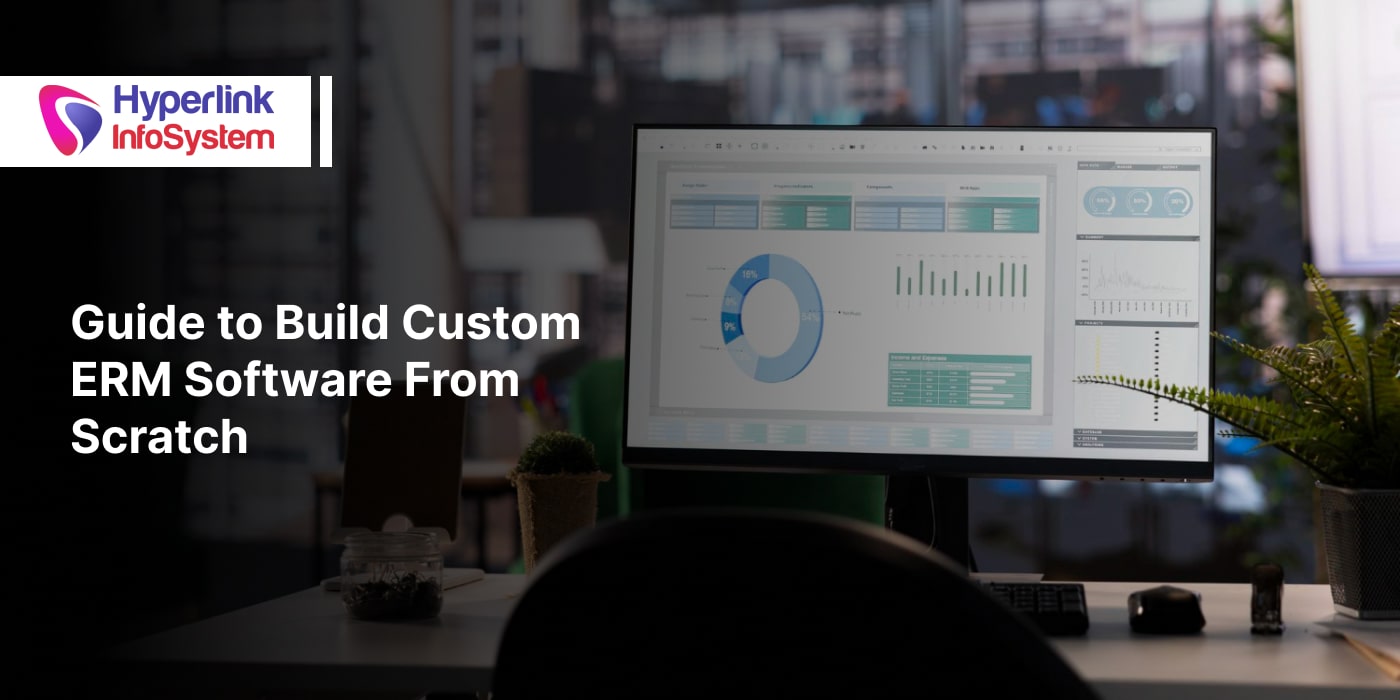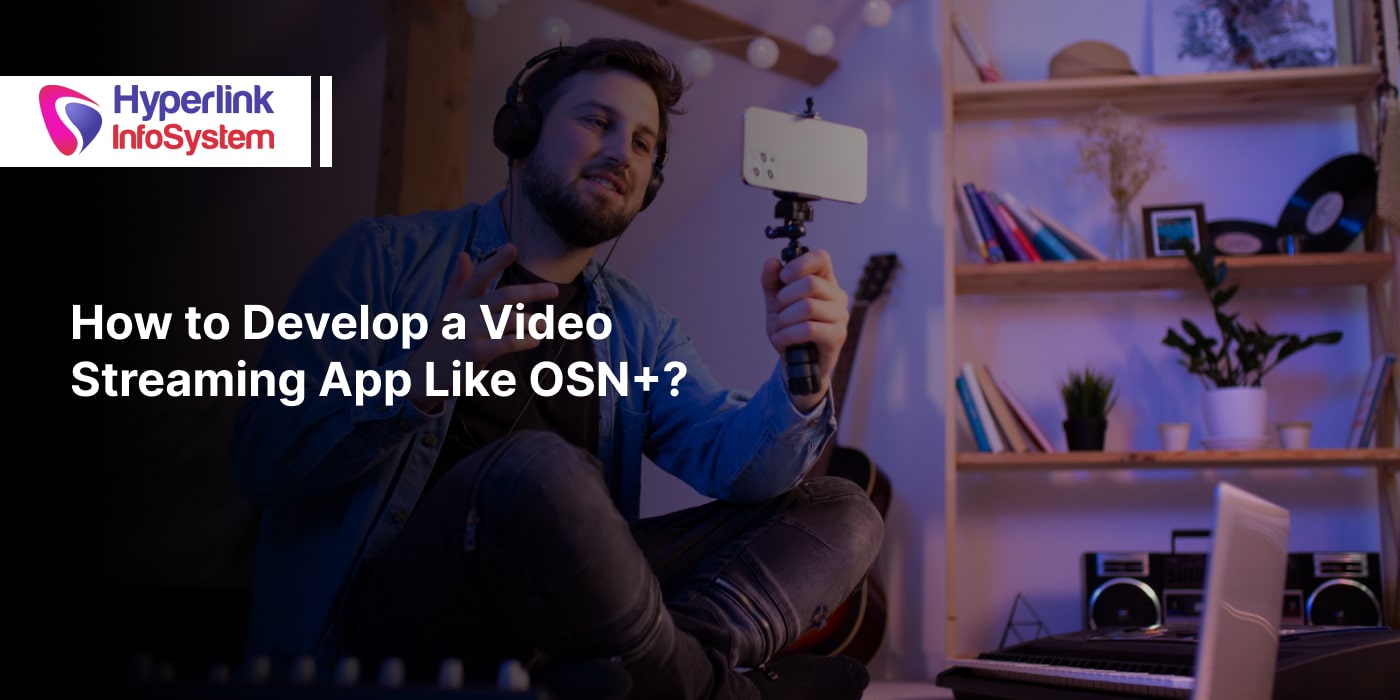�
Mobile app development involves a lot of steps to provide a delightful user experience. However, with the right team and proper planning, it is not difficult to do so. All of us are aware of all the steps to the mobile app development process - Market research, concept, designing, development, trails, launch, and maintenance. If you do all the steps correctly but show negligence towards maintenance and updates, it can be disastrous for your business.
What do
top app developers India have to focus on when it comes to app updates? - Bug fixes, tweaks, polish, or maybe including another feature. It can seldom happen that a significant update arises, such as app moving from 1.0 to 2.0 or 7.0 to 8.0. For instance, Uber and Instagram went through a major alteration two years back, that changed user experiences.
Major app updates can add a brand to experience new user experience, the latest visual design, or a bunch of new features. There are a lot of ways to know if your app is due for a massive update. Your app doesn’t require to match all these things to have an update. Just do what is necessary to give your user a good time while they are using your app.
Let’s explore further in detail to give you some ideas for your app.
App Feature
An easy way to know if its time for a massive app update connects to the features of the app. In case you want some noticeable impacts on your app, you should consider adding a new feature to your app that will likely increase the user engagement. A few instances of significant features are adding a collaborative or social component, authentication & integration across gadgets, integration with a third-party service, or altering the app’s revenue model.
Also, adding a new attribute alone might just impact your app progress, you must consider adding a massive app feature that might instantly push towards a major update or twin it with something else.
Latest App Design
You'll require to launch a significant app update if your app design undergoes a complete change, whether it's the visual design or user experience. For example, Gmail's iOS version went through significant updates. Version 5.0 uses Material Design, Updates several functions, and alters the layout, such as search. With the launch, Google ceased using the "4.x" versioning. Uber also climbed the ladder from v2.x to v3.x when launching its new design in late 2016.
Underperforming App Metrics
App developers often look at app engagement levels. This includes relevant metrics and how to create more app engagement. Hence, if your audience is not engaged with your app, you must genuinely consider getting your app updated.
Numbers are not always the answer. Sometimes you may notice that your users are returning to your app at regular intervals or not visiting a specific screen. Therefore, use that data to analyze where you are lagging. You can also ask for your users' feedback and know the real reasons for your problems.
Continuous App User Reviews
In comparison to other forms, your app's qualitative data can be in ways like support requests, app store reviews, in-app feedback, and comparable items. This feedback is essential for your success and can help you recognize if you should undergo a significant update.
There are many instances of user feedback that could display serious issues or opportunities. For example, confusion using or searching a key feature could display your app's navigation, or the overall user experience requires extensive modifications. Likewise, if users keep badgering for the same function, that can mean that you're missing a key element in your app.
With your app metrics, make sure you are not just relying on your user feedback. Make some comparisons like what you are viewing in your app analytics, how you have created your app roadmap, and your market research.
Aging Codebase
In apps, even a two-year-old cold base can be obsolete and require an update. 4 years back, Swift didn’t exist, and now Swift 3 lives. With technology progressing at a fast pace, an aging codebase is alone an adequate reason for a significant update.
Time can be a deceiving factor; the more hands-on codebase, the quicker it will age. Even with plenty of team members trying their best to contribute to a better app, it can be difficult to manage with proper standards in place.
In case, it’s difficult to add a new feature, or there are continued regressions, or if the latest libraries would make a function simpler to implement, you might be required to begin on a significant update or also a total rewrite.
Latest Design Trends
You might use a significant app update to launch a new design that resolves issues with a feature or navigation. Moreover, you might also need a major upgrade if your app design is already too old.
Not adhering to new trends means neglecting Google’s Material Design or
Apple’s Human Interface Guidelines. It may also ignore user expectations, like having a fast-paced app that builds an emotional connection with them.
Extend Apps to Other Devices or Platforms
A significant update seems reasonable if your app spreads across various devices on the same platform, or moves to a new platform. This can consist of developing a tablet-specific version or switching from iOS to Android.
Widening to other platforms and devices may require reworking the back-end services or the app’s data model. It might also majorly impact the user experience and the virtual design. User experience and Virtual design alterations can also affect the back-end servers.
Wrapping Up
Launching a major app upgrade means a chance to boost your user engagement. Even if many people don’t identify your version number altered, writers, power users, analysts, and anybody can help you get attention for your app. It shows them that you have spent a massive amount of time designing something thrilling.
However, don’t indulge in the app up-gradation for promotion purposes only. Only do it if it is really essential; otherwise, it would not be beneficial, and you will spend too much of resources and time.

























